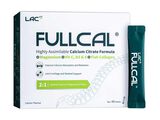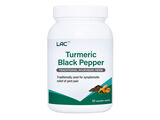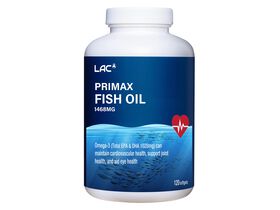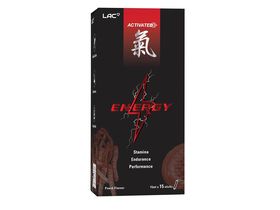Don't Let Joint Pain Hold You Back

Working out too hard? Here are some fitness tips to prevent overuse injuries.
As you age, being active and healthy becomes more crucial. For health benefits, adults are encouraged to engage in a minimum of 150 minutes of moderate-intensity aerobic physical activity per week, such as brisk walking, cycling, and gardening.[1] However, joint pain has been one of the most common problems that prevent people from being physically active.
Joints, which can be found in the shoulder, hips, elbows, and knees, are made up of several tissues such as cartilage, capsule, meniscus, and ligament. Joints allow your body to maintain mechanical competence during exercise by connecting the bones of your skeleton to moves. Joint pain occurs when any of the body’s joints are uncomfortable, achy, or stiff. The pain may be persistent or intermittent.[2]
If you are experiencing joint pain during workout, it could be caused by one of the following:
Arthritis. Swelling, pain, and stiffness in the joints are common symptoms of arthritis, which usually worsen with age. The most typical types of arthritis include osteoarthritis, rheumatoid arthritis, and gout.
Injury. Joint pain can be caused by a previous injury to a joint or the muscles around the joint, such as bone fracture, sprain, or strain.
Obesity. Inflammation of the joints occurs when pressure is applied to the knee for an extended period of time. “Even if you are only 4.5kg overweight, every step you take puts the impact on your knees by 13.6 to 18.15kg,” explains Kevin Fontaine, PhD, assistant professor of rheumatology at Johns Hopkins University.[3]
Tendinitis. It occurs when the tendons that connect the joints to your bones and muscles are inflamed. It is usually caused by overuse of the elbow, heel, or shoulder during exercise.
Here are some fitness tips to help you protect your joints while working out:
1. Warm up thoroughly
To avoid injury, begin with a general warm-up before stretching. This will prepare your muscles and joints for more rigorous activities. Be sure to hold each stretch for 15- 30seconds on both sides, avoid stretching when muscles are tight, and breathe slowly in and out. Exercise with stiff muscles might aggravate existing issues or cause joint pain.[4]
2. Consider knee-friendly workout
If jogging or other aggressive activities are causing knee pain, you may consider cycling, swimming, or other water aerobic exercises such as walking in water and back wall gliding that won’t put too much strain on your knees.
3. Wear good shoes
Excessive pressure on your feet and ankles can cause problems in joints all the way up into your legs and hips. Make sure you are working out in shoes that cushion your joints and absorb the force of your movements.
4. Apply heat
To relieve muscle soreness before your workout, grab a heated cloth or a heat pack. Heat treatments improve blood circulation, loosen muscles, and reduce pain, allowing your knee joints more comfortable and ready for movement.
5. Stretch after each workout
A proper cool-down is essential to help your heart rate return to a normal, relax sore and achy muscles, and lessen strain on your muscles and joints, which eventually lower the risk of getting injury after exercise.
6. Plan a nutritious diet
To keep your joints healthy, it is important to rebuild cartilage and strengthen your bones and muscles. Strong bones and muscles help to protect you from injury while also improving balance and coordination. Select healthy food choices that are high in these nutrients, such as Calcium, Vitamin D and Omega-3 fatty acids. Alternatively, you may consider glucosamine and chondroitin to reduce joint pain and prevent inflammation.[5]
Joint pain can be discouraging. However, it is a myth that stop exercising can minimize joint pain. In fact, staying active and building muscles around the joint are crucial. Therefore, it is critical to perform the workout correctly to avoid joint pain, and you can remain as active and committed to fitness as you were before.
[1] http://www.emro.who.int/health-education/physical-activitiy/promoting-physical-activity/What-is-the-recommended-amount-of-exercise.html
[2] https://www.healthline.com/health/joint-pain#symptoms
[3] https://www.webmd.com/arthritis/features/weight-joint-pain
[4] https://www.verywellfit.com/how-to-warm-up-and-cool-down-2911285
[5] https://jointflex.com/top-5-vitamins-healthy-joints/










